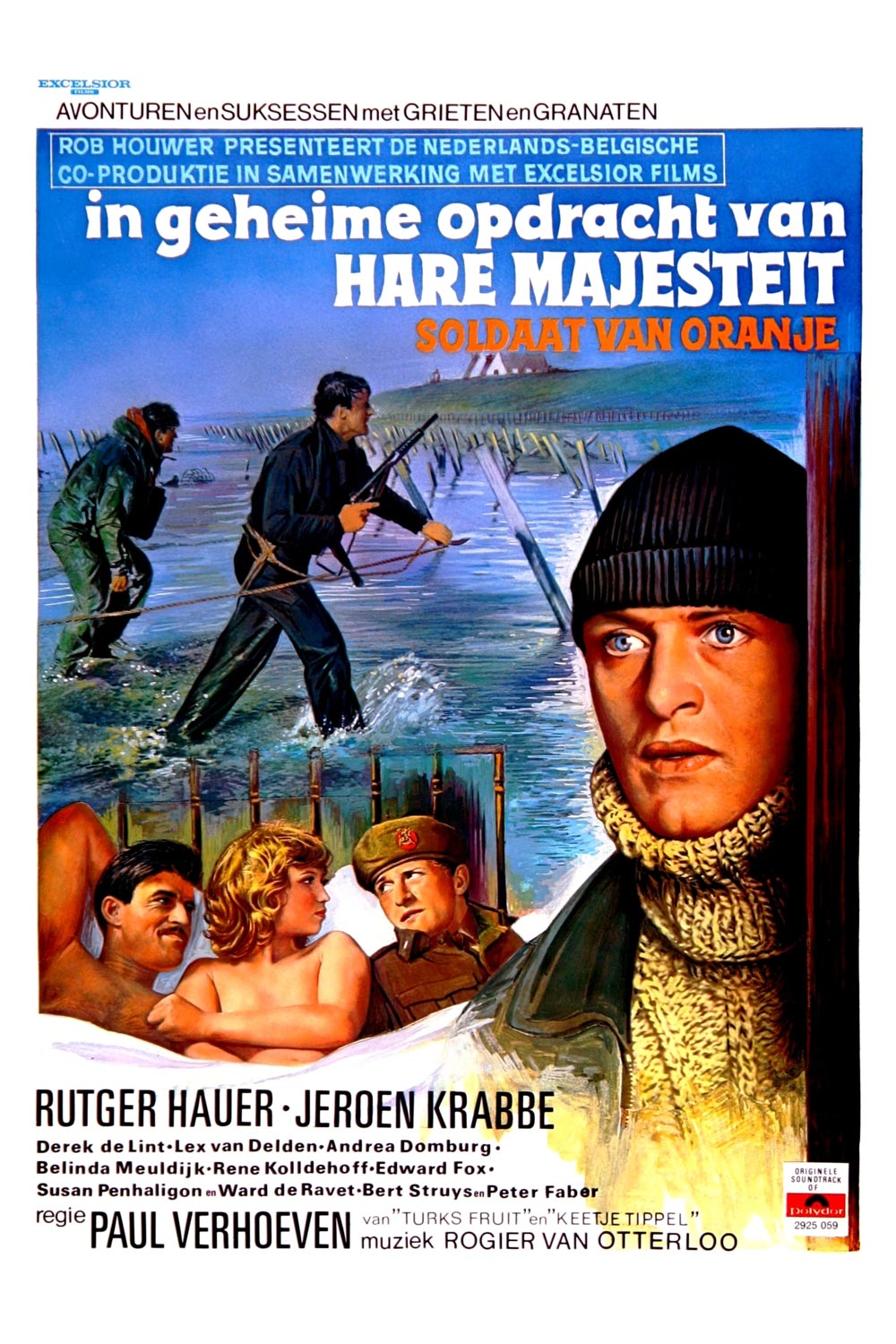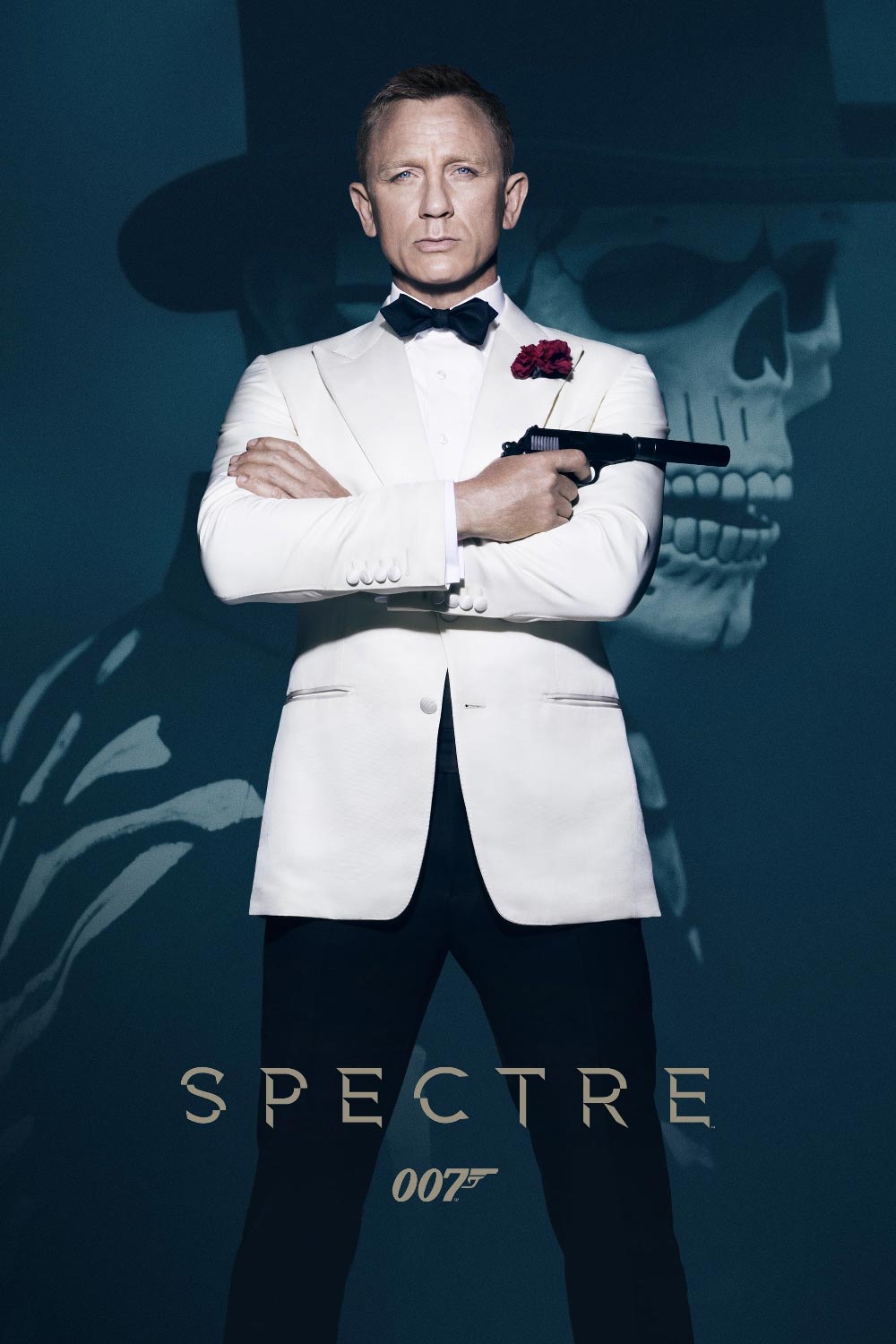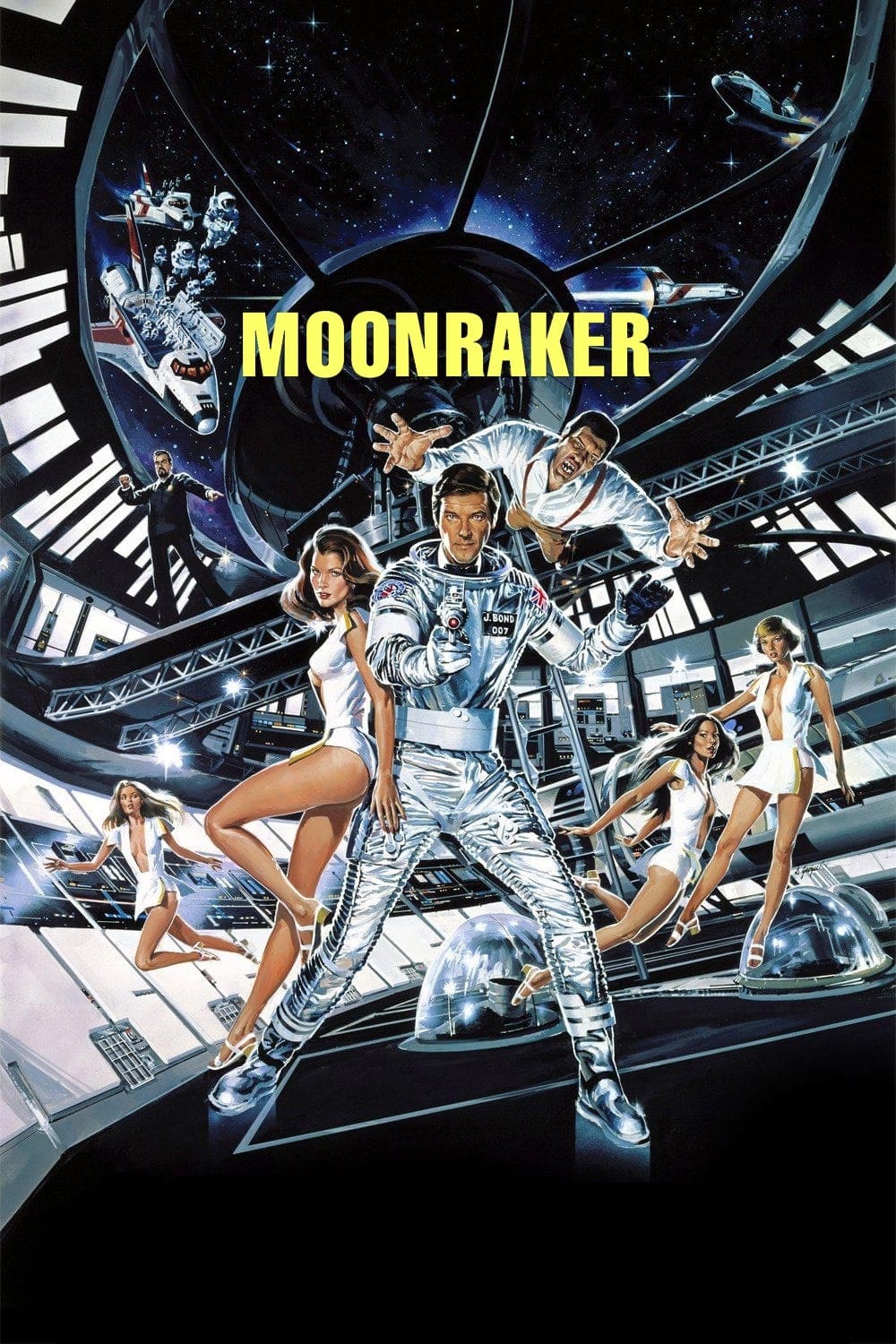Published on
With 1987’s “The Living Daylights”, the Roger Moore era officially comes to a close, ushering in the brief but memorable tenure of Timothy Dalton as James Bond. It’s a much-needed breath of fresh air, especially considering Moore’s run had grown noticeably stale—he was 57 when “A View to a Kill” hit theaters, and the age gap was becoming harder to ignore. Just picture a 59-year-old Roger Moore attempting the stunts and intensity of this film—it would’ve bordered on parody. Instead, we get 40-year-old Dalton, who brings a leaner, more grounded presence to the role.
In “The Living Daylights”, James Bond is assigned to aid the defection of a Soviet general, Georgi Koskov, but soon uncovers a tangled web of deception involving arms deals, drug smuggling, and political manipulation. As Bond investigates further, he discovers that Koskov’s defection was a ruse to cover up a far more sinister plot involving renegade arms dealer Brad Whitaker. Teaming up with the beautiful and unsuspecting cellist Kara Milovy, Bond travels across Europe and Afghanistan to stop a conspiracy that could reignite Cold War tensions and plunge the world into chaos.
The most striking thing about “The Living Daylights” is its shift in tone. Gone is the cheeky, tongue-in-cheek flair that defined the Roger Moore era; in its place is a grittier, more grounded take on 007. Timothy Dalton brings a no-nonsense seriousness to the role, trading quips and raised eyebrows for a colder, more pragmatic edge. This tonal pivot is clear from the very start, culminating in a scene where Bond parachutes onto a yacht and casually introduces himself to a woman lamenting the lack of men in her life over the phone. It’s the most low-key delivery of “Bond, James Bond” in the series so far—so relaxed it sounds like he’s introducing himself at a business meeting. Even George Lazenby managed to give the line some dramatic weight. While Dalton’s approach is arguably more realistic—after all, why would his name mean anything to her?—it’s a jarring departure from what audiences had come to expect.
The story in “The Living Daylights” is refreshingly grounded for a Bond film, centering on Russian espionage, arms dealing, and drug smuggling—a far cry from the eccentric billionaires and over-the-top world domination plots of earlier entries. Gone are the post-kill puns; instead, the film leans into a grittier, more realistic tone that aligns perfectly with the wave of hard-edged action movies dominating the box office in the ’80s. Its politics are firmly rooted in the decade too, with a Cold War backdrop and a significant focus on the Soviet-Afghan conflict. In hindsight, some of it hasn’t aged particularly well—the film, like “Rambo III“, portrays the Mujaheddin as noble freedom fighters, which is a bit awkward knowing many of those fighters would later become part of the Taliban. Yikes indeed.
The villains in “The Living Daylights” are a mixed bag, but the standout is easily Necros (Andreas Wisniewski), a towering, no-nonsense assassin who serves as the primary enforcer for the film’s dual antagonists. With his icy demeanor, brutal efficiency, and bleach-blond looks, he’s like a blend of Robert Shaw’s Red Grant from “From Russia with Love” and Dolph Lundgren’s Ivan Drago from “Rocky IV“—a silent, hulking menace who exudes real danger. Necros proves to be a formidable adversary, and his final showdown with Bond, dangling from the netting of a cargo plane in mid-air, is a thrilling, high-stakes sequence that stands out as one of the film’s most memorable action set pieces.
Necros stands in sharp contrast to the film’s main villains, General Georgi Koskov (Jeroen Krabbé) and arms dealer Brad Whitaker (Joe Don Baker), who are arguably two of the most unimposing antagonists in the Bond franchise. Neither presents much of a physical threat, and while Whitaker has a private army at his disposal, he mostly struts around his mansion in full military cosplay, acting like a delusional general playing dress-up. His final shootout with Bond—complete with exploding sculptures and a war room filled with miniatures—feels like a rare moment where the film indulges in some old-school Bond silliness, reminiscent of the funhouse showdown with Scaramanga in “The Man with the Golden Gun“.
Koskov, however, takes the crown as possibly the weakest villain in Bond history. Krabbé plays him as a sniveling, sycophantic opportunist who clings to whoever holds the most power in the room. His constant whining quickly grates, and it’s a stretch to believe someone so spineless could rise through the ranks of the Soviet military.
When it comes to Bond girls, “The Living Daylights” is surprisingly modest. Aside from the bikini-clad woman in the pre-title sequence—who clocks in at maybe 20 seconds of screen time—Maryam d’Abo’s Kara Milovy is the sole leading lady, making this one of the most monogamous outings for good old 007. It’s a noticeable shift for a franchise known for its revolving door of glamorous love interests. According to behind-the-scenes material, this creative decision was partly influenced by the AIDS crisis of the time, aiming to present a more responsible, modern Bond. Though, really—this is Q Branch we’re talking about. If they can rig a keychain to explode and a car to self-destruct, you’d think they could’ve at least issued Bond some high-tech MI6-approved condoms.
As with any Bond film, “The Living Daylights” delivers its fair share of impressive stunt work and solid action sequences. However, aside from the standout cargo plane finale and the delightfully absurd cello case chase down a snowy slope, the film doesn’t offer many truly unforgettable set pieces. It’s all technically well-executed, but much of it fades from memory once the credits roll. In that sense, this entry lacks the larger-than-life spectacle that made even the silliest Roger Moore outings stick in your mind. Say what you will about Moore’s increasingly campy adventures—at least they knew how to leave a lasting impression.
What is memorable, however, is A-ha’s theme song—which is an absolute earworm. I’ve been humming it all week just knowing this movie was coming up. It’s easily one of my favorite Bond themes and just a great pop song in its own right. There’s something about that blend of dramatic orchestration and synthy ‘80s energy that really hits the sweet spot. Alongside For Your Eyes Only, A View to a Kill, and even Licence to Kill, the Bond themes of the 1980s were seriously on fire. Call it nostalgia, but in my humble opinion as an ’80s kid, that decade delivered some of the most iconic tracks in the franchise’s history.
“The Living Daylights” may not be the most iconic Bond film, but it’s a solid, refreshingly grounded entry that marked a needed tonal shift for the series. Timothy Dalton’s serious take on 007 strips away the camp, trading charm for grit, and while the villains are uneven and the action isn’t always memorable, the film still delivers a few standout moments—along with one of the best Bond theme songs. It’s an underrated installment that holds up well, especially for fans who prefer their Bond with a bit more edge.







